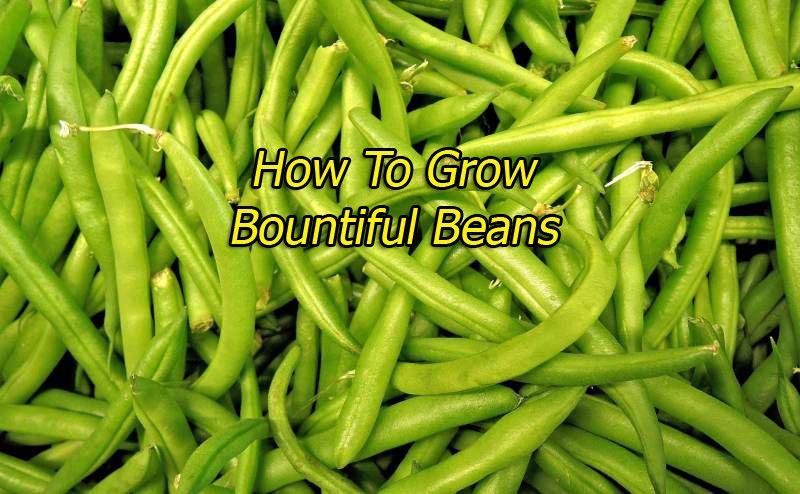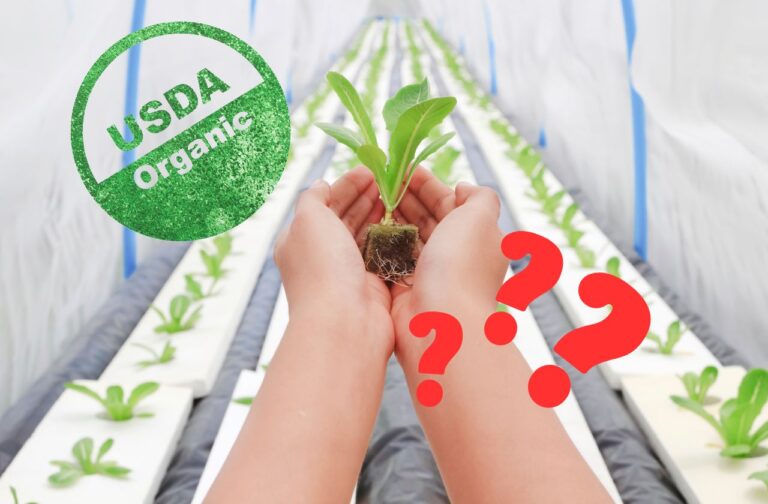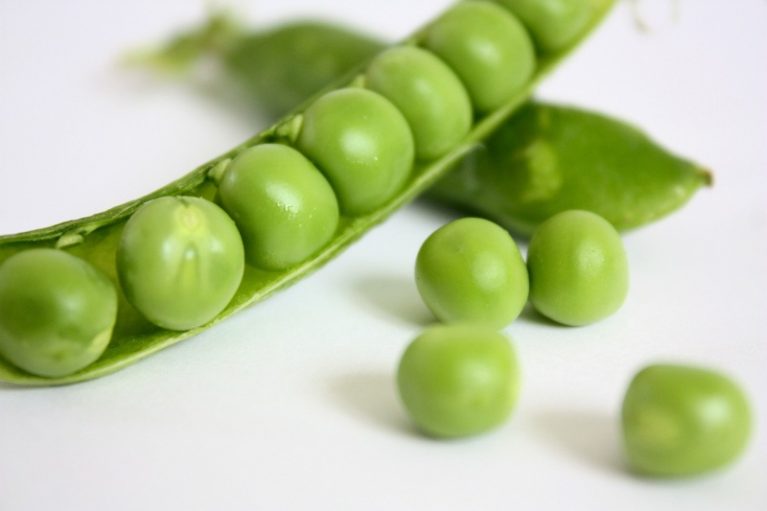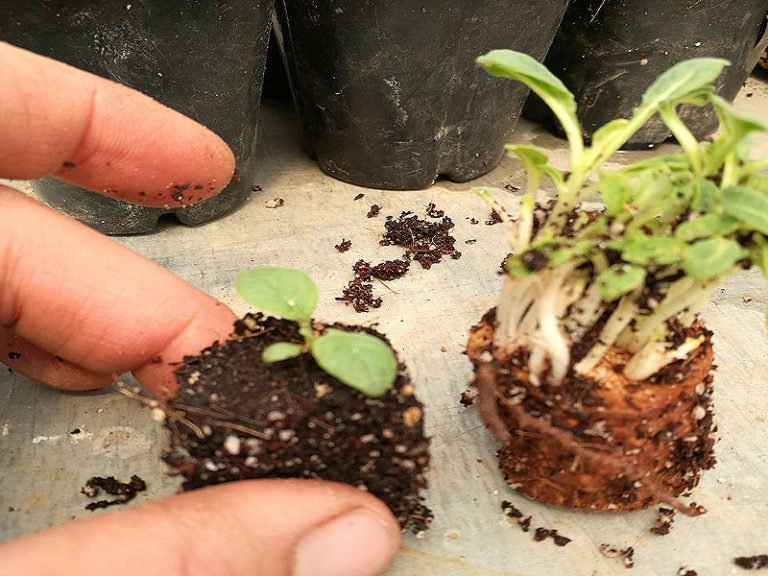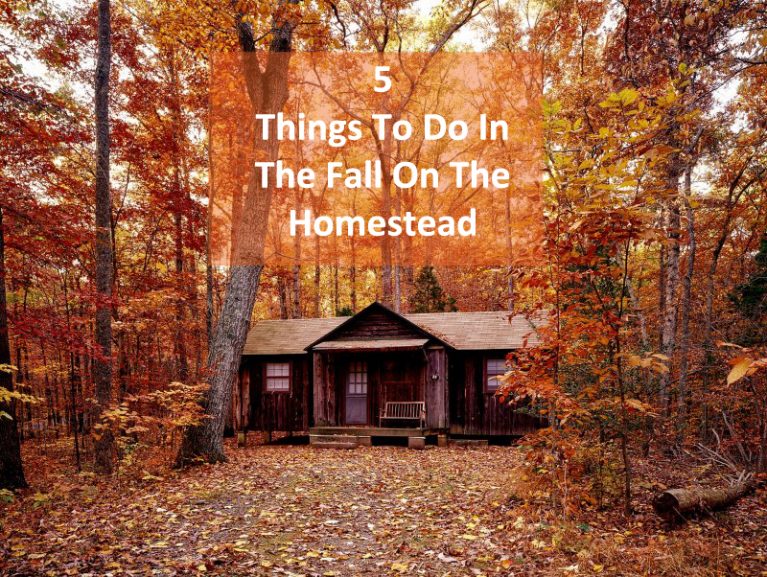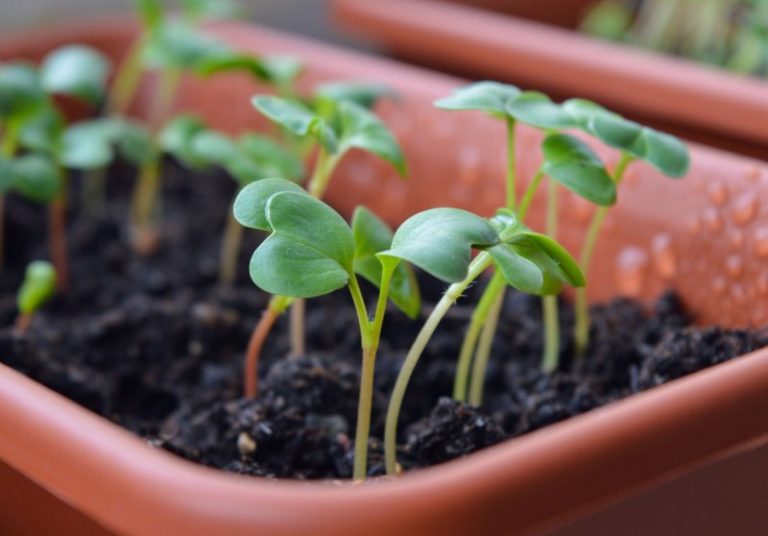How To Grow Bountiful Beans
I get commissions for purchases made through links in this post. View our Affiliate Disclaimer.
Beans are easy to grow, and once established, require little care. They are rewarding to grow since they produce an abundant harvest.
About Beans
Beans are not only easy to grow but are also beneficial to your garden. They are part of a group of plants called nitrogen fixers. These plants are able to re-introduce nitrogen to the soil that been depleted by other plants that are nitrogen consumers, such as root vegetables.
Beans are not only good for the soil, but they are good for you! The health benefits they offer should encourage you to make them a regular part of your diet.
- Low in calories
- Low in fat
- Contain no cholesterol
- High in Vitamin K (controls blood clotting and helps the body absorb calcium)
- Fibre content is high which is good for a healthy digestive system
- High in flavonoids which help reduce cardiovascular disease
When choosing your seeds, be sure to get GMO-free heirloom seeds to get the most benefit from an healthy, organic product.
Preparing The Soil
Beans can grow in most soil types, other than heavy clay. They will however thrive in sandy, silty soils.
They prefer to grow in neutral pH or near neutral pH soils, but they can tolerate a tolerate a pH anywhere in the range of 5.5 and 7.5pH.
You can find out more about soil acidity in our post on 2 Methods To Test Soil Acidity
Dig a generous amount of normal garden compost into the soil to prepare it for sowing the seed. Do not use fertilizer high in nitrogen, as this will produce plants with big bushy foliage, but little fruit.
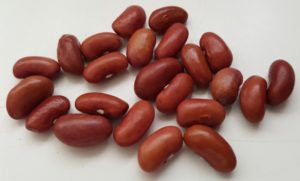
Planting Beans
There are two broad varieties of beans you can plant, bush beans or pole beans.
- Pole beans are more sensitive to cold, but produce a much higher harvest yield than bush beans – about 3 times more.
- Bush beans do not require growing support unless the conditions are windy. Pole beans are creeping vines that need to be supported with poles or a trellis.
- The bush variety seeds germinate in 7 days, pole beans in 7 to 10 days.
The seeds and plants are sensitive to frost, so should be planted when all chance of frost is gone and soil temperature is at least 8 degrees Celsius (48 Fahrenheit). They grow better is air temperatures of between 20 -25 degrees Celsius (70 to 80 Farhenheit).
[content-egg module=Amazon template=custom/grid4]
Don’t soak or pre-sprout seeds before sowing. To make sure you have a successful crop, follow these planting guidelines.
- They require full sun – at least 6 hours of full sun daily, so pick the planting spot carefully.
- Plant them directly in the ground.
- The seeds must be planted 1 to 1.5 inches deep (2.5 to 3.5 cm) and 6 to 10 inches (15 – 25cm) apart.
- Press the soil lightly on top of the seeds.
- Rows should be 1 to 2 feet (30 – 60 cm) apart.
- Keep the soil evenly moist, but not damp throughout the germination period.
- Water with a sprinkler, not the flooding method, so you don’t wash the seeds away. Drip irrigation would be an even better method and conserves water.
Caring for Beans
Beans are fairly easy to look after once the seedlings have pushed through the soil.
- Once the seedlings have appeared, mulch the soil to reduce moisture loss.
- Keep the soil evenly moist, but not damp, especially when the plant is about to bloom and produce pods. If the soil dries out too much or the soil is too wet, the harvest will be greatly reduced.
- Water deeply once a week in hotter periods or periods of less rain.
- The plants don’t need compost or fertilizer, but you can feed them in the mid growth period with a compost tea from your worm farm.
- If using a sprinkler system, water during the day so the foliage is not wet overnight. This helps to prevent diseases such as moulds and fungi from getting established on the leaves.
Harvesting
The plants produce most of their crop over a 2 week period. For a continuous harvest, stagger the seed plantings by two week intervals until about 2 months before the first frost is due.
It generally takes bean plants a little less than two months to fully mature and produce beans.
You can harvest the beans once they reach pencil size. At this stage, they are still tender and the seed bumps have not started to form in the pods. Harvesting almost daily will encourage the bean plant to produce more beans and will increase the yield. Leaving pods on the plant for too long will cause the plants to stop producing and die. Pinch off the bean pods with your thumbnail and fingers, or cut with scissors or pruning shears. This will prevent uprooting the plant.
Harvested beans will keep for a week in the refrigerator. Excess produce can be cut into smaller pieces, blanched and frozen for future use. Alternatively, you can also pickle or ferment the excess to preserve them and make them into a beneficial pro-biotic food source.
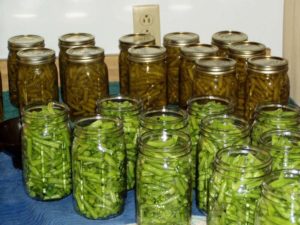
Boosting your crop yield can also be achieved by a partnership with bees.
Take at our guideline to Growing an Awesome Pumpkin Patch and 7 Top Tips For Growing Tomatoes!
Get more posts like this
Subscribe to our mailing list and get interesting homesteading and green living info and updates to your email inbox.
Thank you for subscribing.
Something went wrong.

